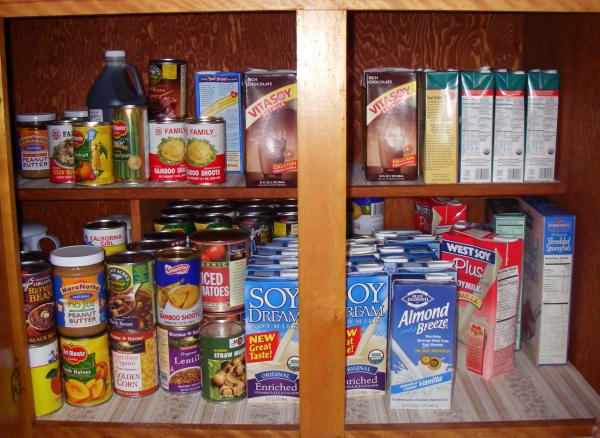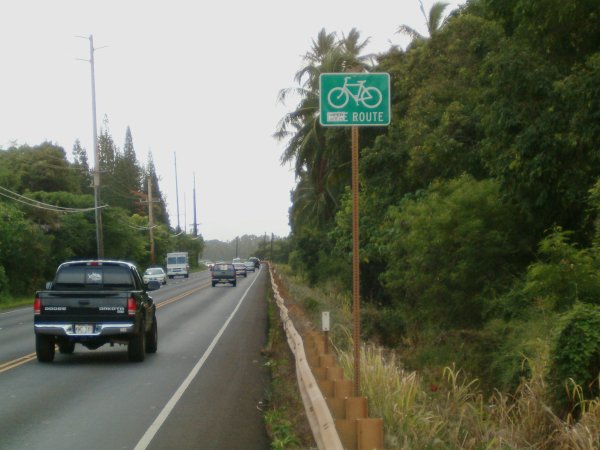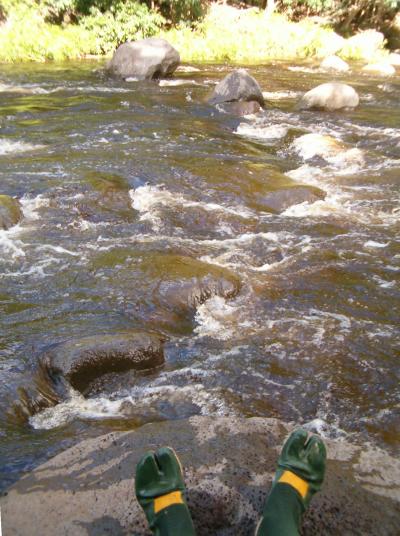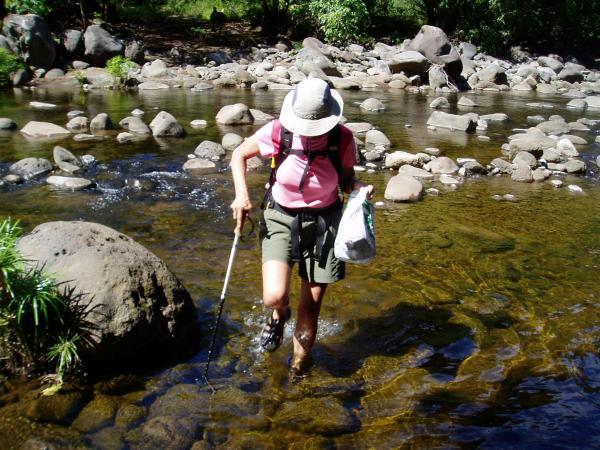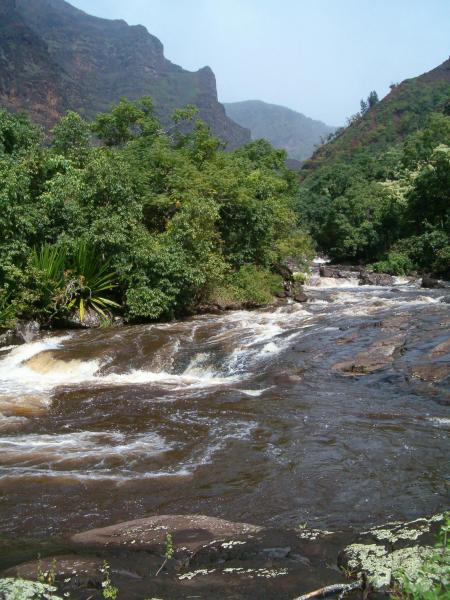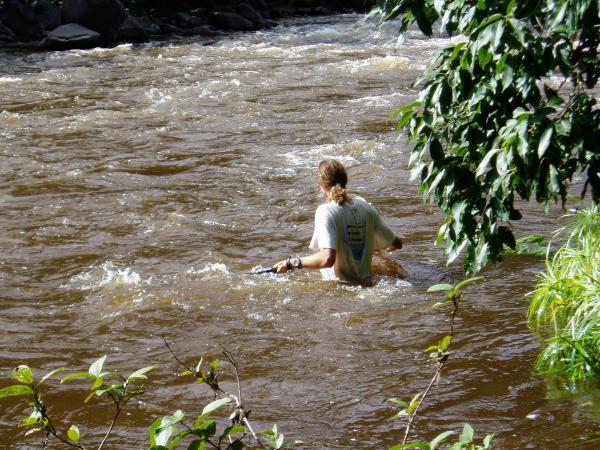I’m a bit late with the post, but at least it’s still the Thanksgiving weekend.
While Thanksgiving might be associated with cold weather and leaf raking in North America, I have no qualms about celebrating Thanksgiving in Hawaii, as I do Halloween. Thanksgiving was brought to Hawaii by the missionaries, probably more as a cultural memory of home than as a religious celebration. However, it was originally a harvest festival, and Hawaiians historically celebrated the Makahiki festival starting around this time. Although food plants grow year-round in Hawaii, the winter rains and shorter days weren’t ideal for the taro Hawaiian taro farming and the last major harvest was in November. Makahiki was a 4-month season of peace, feasting, games, and praying for the next year’s crops.
While Thanksgiving has become a football and shopping blitz here as well, I like to think of the good side of Thanksgiving, where pilgrims created a new holiday for the New World, outside of the religious calendar but religious in their own persaonl way, where families get together, and where each and every one looks inside themselves to ponder what they should be grateful for. One seasonal event we can be thankful for here in Hawaii is the end of the hurricane season (June 1-November 30). And a feast is a good way to start eating all the canned food we’ve been stockpiling:
Actually, that is only half of what we have, nor does it show the 12 gallons (45 liters) of drinking water in jugs. We start buying lots of cans and soy milk as they go on sale all spring and summer, and we’ll eat them all winter and spring so we can get new ones next year. Not having lived through a hurricane and its aftermath, I have no idea if this is the right amount of food. We can at least avoid the stress of shortages when a hurricane gets near, and I think we could live 2 weeks with what we have.





